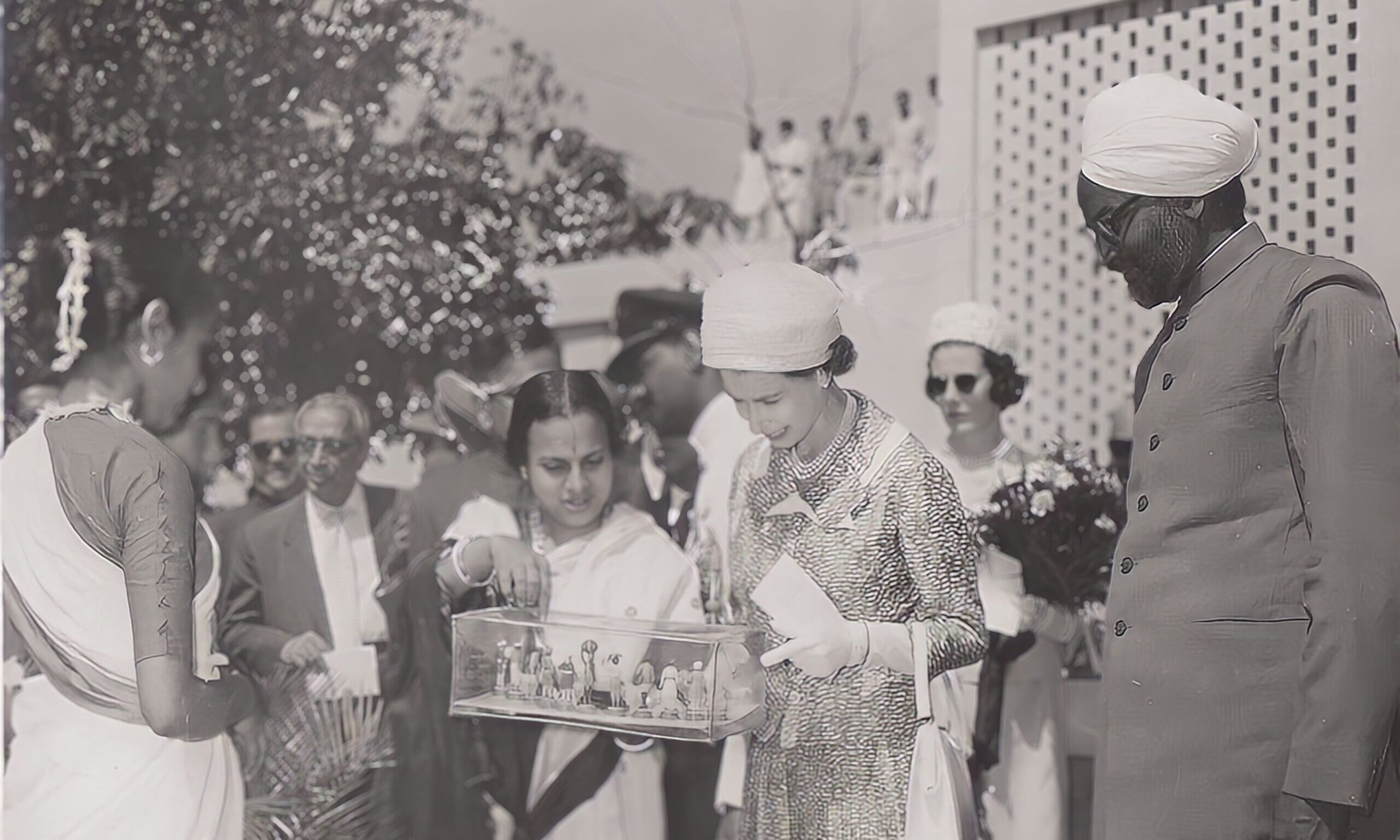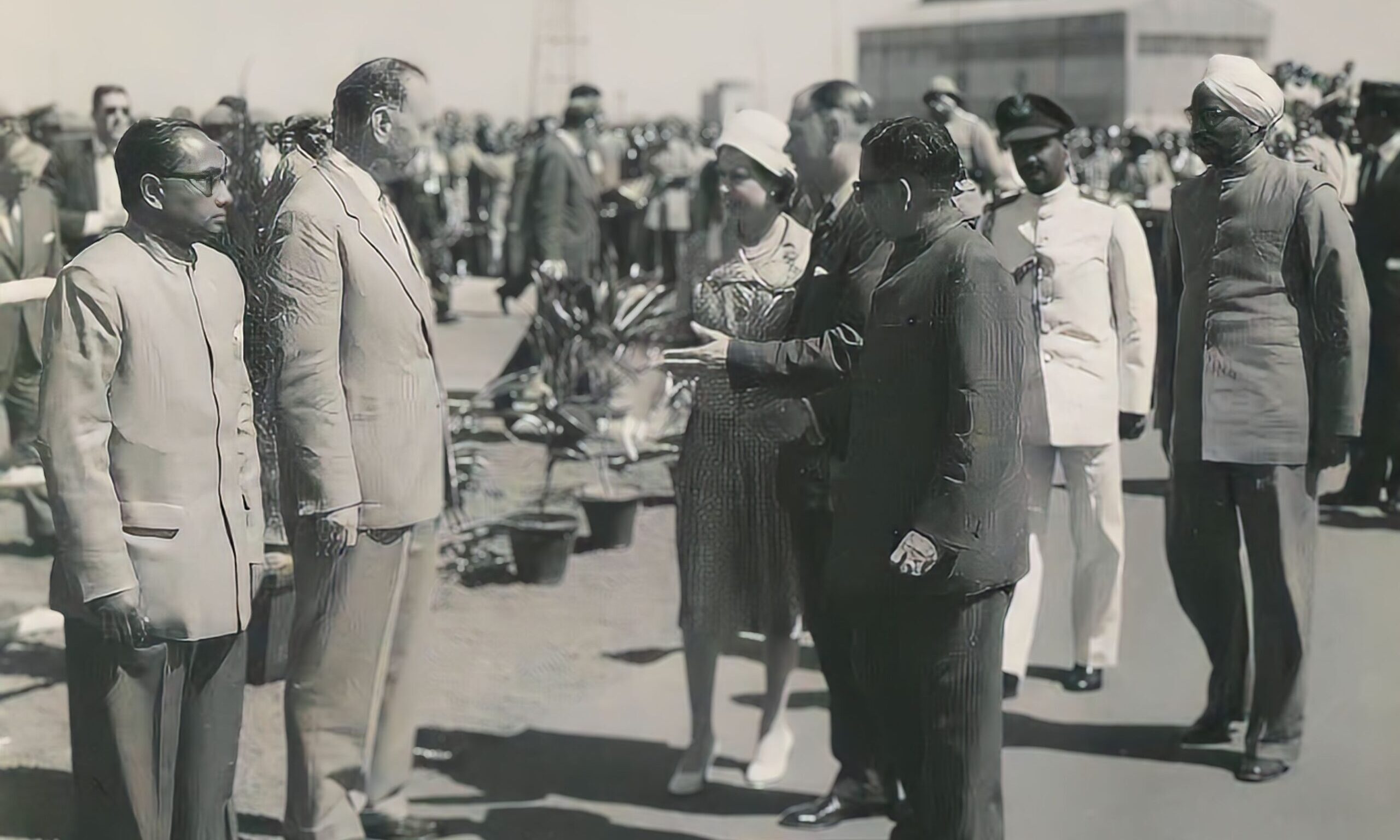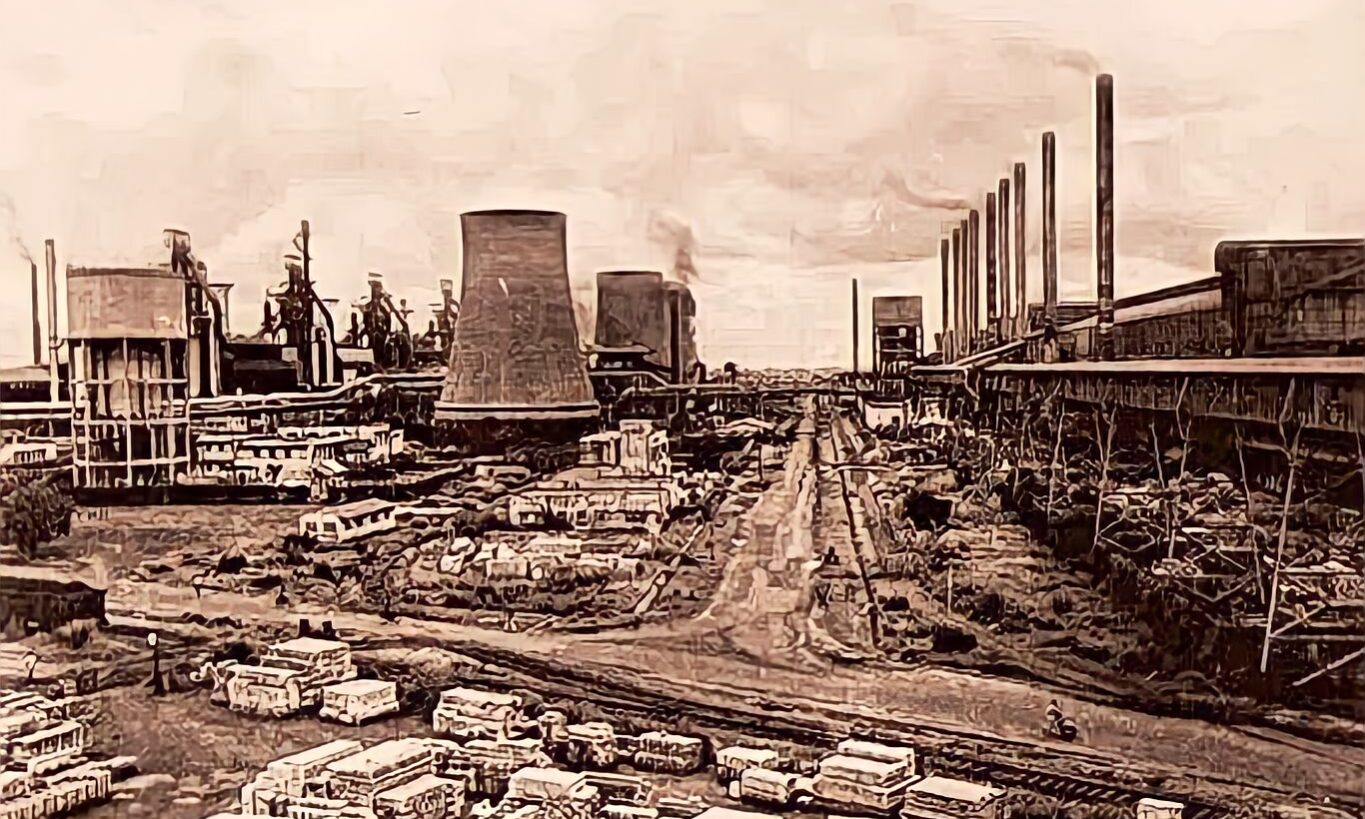Durgapur, a city nestled in the Indian state of West Bengal, holds within its boundaries a rich tapestry of history that dates back centuries. The evolution of this industrially significant city is intertwined with a compelling historical narrative that has shaped its identity and character. Join me as we embark on a journey to explore the historical origins of Durgapur, unearthing the layers of time that have contributed to its vibrant heritage.
Ancient Settlements
The Damodar-Ajay River Valley witnessed the growth of settled life around 2,000 BCE, aligning with the contemporary Harappa-Mohenjo Daro civilization.
Traces from Mauryan and Gupta Periods
Archaeological findings suggest that Durgapur’s history dates back to the Mauryan and Gupta periods. The Damodar River, a witness to the city’s ancient past, hosted traders from distant lands, leaving imprints in the archaeological landscape.
History behind the name 'Durgapur'
Around 1765, Gopinath Chattopadhyay secured a lease for a portion of Jangalmahal (now part of Durgapur) from the Maharaja of Bardhaman. This area later became known as Gopinathpur Mouja. Gopinath worked to transform this dense forest into a habitable area. His descendant, Durgacharan, continued the effort and established a new colony in the present Sagarbhanga region of Durgapur. In 1793, he erected a Kali temple, followed by a Shiva temple in 1803. The Zamindar house in Sagarbhanga stands as a testament to Durgacharan’s substantial contributions.
In 1855, when the East India Company laid the railway line between Bardhaman and Andal, the station was named Durgapur, a tribute to Durgacharan’s efforts by the local community. This marked the formalization of the name ‘Durgapur,’ gaining significance as a railway hub in the country.
Durgapur Along the Grand Trunk Road
As the colonial era unfolds, Durgapur becomes a strategic outpost along the Grand Trunk Road. British administrative records narrate the city’s transformation from a hamlet to a bustling settlement. The echoes of horse-drawn carriages resonate through historical pages.
Post-Independence
Following India’s independence in 1947, Durgapur underwent a remarkable metamorphosis under the visionary leadership of Dr. Bidhan Chandra Roy, the then Chief Minister of West Bengal. The city was chosen as the site for the second integrated steel plant in India, setting the stage for rapid industrialization and urbanization. This pivotal decision catapulted Durgapur into the forefront of India’s industrial landscape, fostering economic growth and employment opportunities.
Economic Growth
Durgapur’s economic journey began with the construction of the Durgapur Barrage by Damodar Valley Corporation in the early days. The first major public sector unit, Durgapur Steel Plant, was established in 1955 with the support of the U.K. Later, an alloy plant was set up in 1965 and eventually acquired by SAIL. The region also saw the establishment of Mining and Allied Machinery Corporation in 1964, initially with support from the USSR. Hindustan Fertilisers Corporation, once a significant fertilizer producer, ceased operations, but there are talks of reopening by RCF. Additionally, Bharat Opthlamic Glass Limited, formed in 1972, used to manufacture electronic components but closed down in 2006.
















